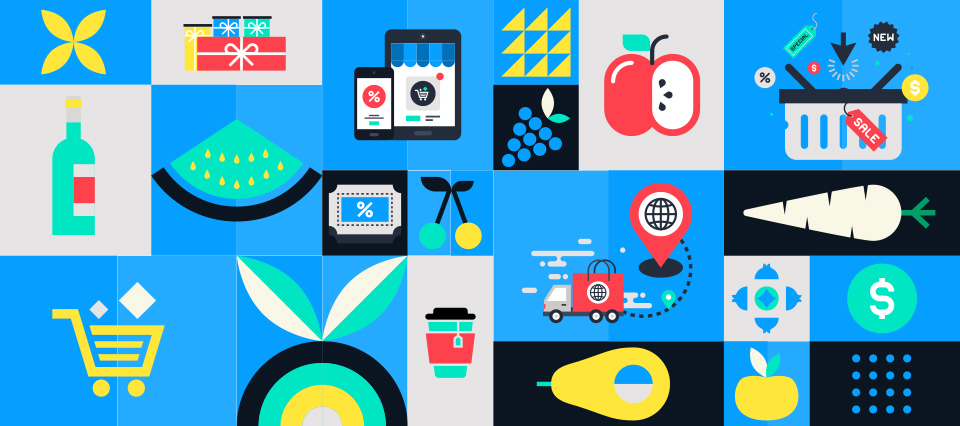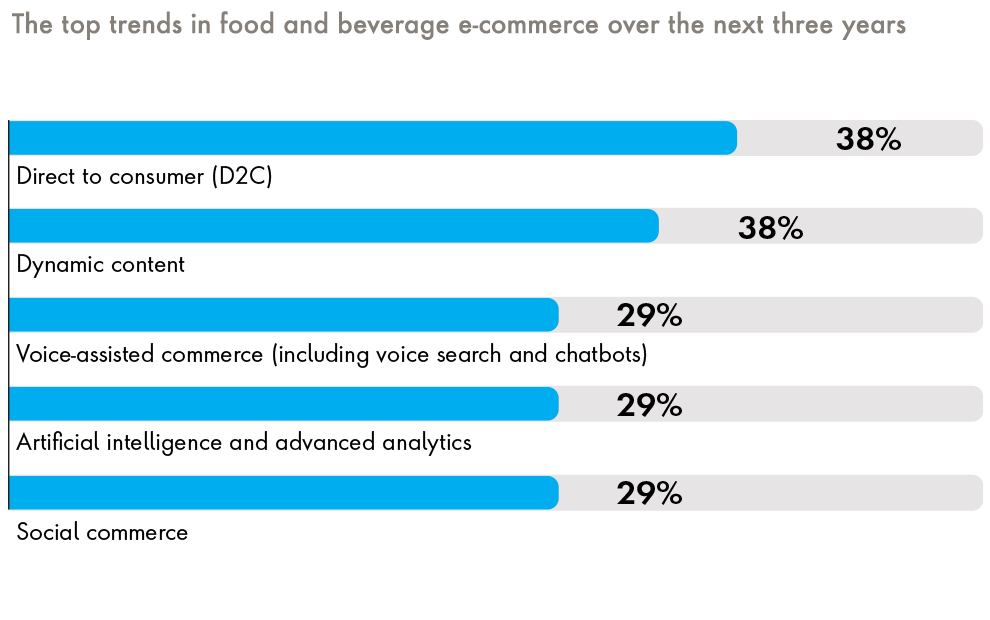What issue can we solve for you?
Type in your prompt above or try one of these suggestions
Suggested Prompt


Publicis Sapient and WBR partnered to survey 100 heads of e-commerce from organizations across Europe about the challenges they have been facing in 2022 and the innovative solutions they are testing.
-
![]()
Advice for Accelerating Growth
Stats like these indicate that top challenges span operations, data and technology, yet they all point to one major gap: customer experience. Preview practical ways to address this issue in our article below, and be sure to download and share the full report.
Access the full WBR report
How Brands Can Accelerate E-commerce Growth
By Scott Clarke, Vice President, Consumer Products Industry Lead, Publicis Sapient
The global health crisis has changed how consumers shop, with greater emphasis on digital channels and new drivers of value.
E-commerce now makes up approximately 6.6% of all consumer packaged goods (CPG) sales, and all indications are that the transition toward online shopping is anything but a short-lived pandemic response. Indeed, not only are consumers shopping online more than they did before the pandemic (71%), but almost half (48%) believe they will shop more online in the future.
Yet, despite this seismic shift toward e-commerce, the experience of buying online—with few exceptions—remains relatively underwhelming.
While food and beverage (F&B) brands have made significant gains in addressing consumers’ most pressing demands for fast, convenient and anywhere/anytime commerce, very few have managed to deliver online experiences that truly “wow” and delight the consumer.
With 44% of brands identifying “accelerating e-commerce" as the biggest trend that will impact the F&B industry over the next three years, expect to see brands invest heavily in the online channel to improve overall performance, attract and retain new consumers, and “stand out from the crowd.”
For brands to succeed, they must embrace consumer-first, total commerce strategies, where consumers can—at a minimum—engage the brand universally and continuously. This will require rethinking the alignment and integration of owned and partner channels to regain control of the entire shopping journey—creating a differentiated brand identity and establishing a stronger relationship with consumers. It will also require coordination, focus and investment across business functions, including sales, marketing, product development and supply chain.
“To be successful (in D2C) requires significant change across people, process, operations and technology. Often these functions must move from running independently to jointly orchestrating in a new agile way around consumer journeys. When change affects an organization at this level, it revolutionizes to an entirely new business model, thanks to ownership of the full end-to-end consumer journey.”
Gemma Leutton , Director, Consumer Products, Publicis Sapient

Digital Food & Beverage Report
Get more competitive insights like these, plus advice for accelerating growth, in the full WBR report.










